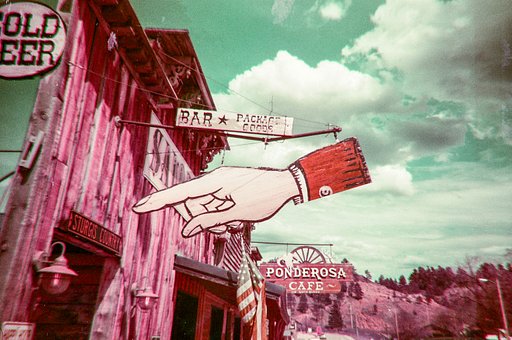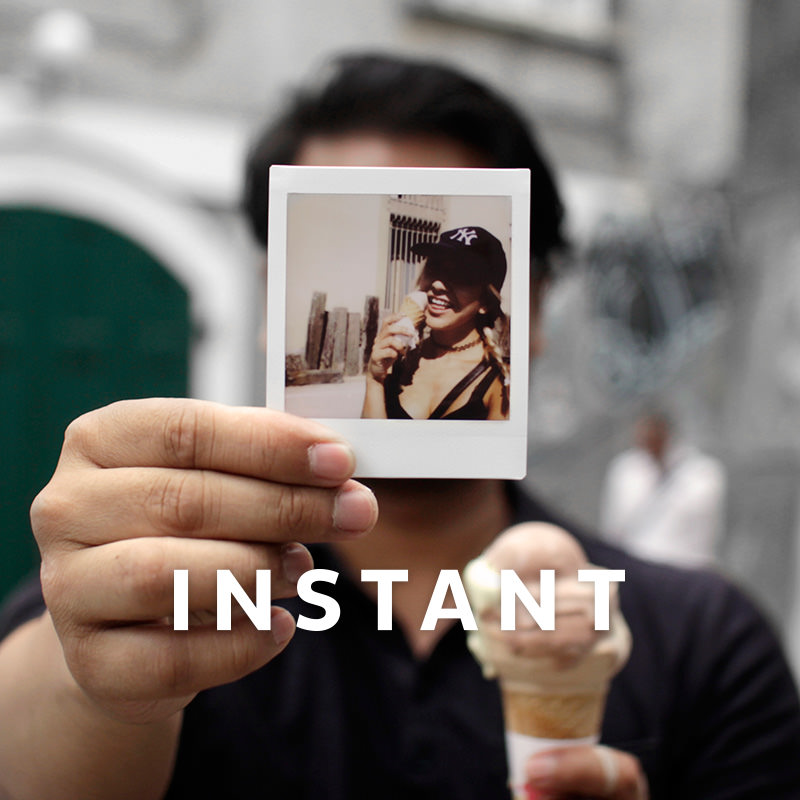Lomography Asks: Is It Acceptable to Photograph the Homeless?
11 25The question "Is it acceptable to photograph the homeless?" is one of the most hotly-debated topics when it comes to street photography. There are two opposing sides to this: those who believe it is, and those who don't. For those who do, capturing such photographs is mere documentation of the world around us. For those who don't, doing so is a form of exploitation.
For the first installment of this new community opinion series, we turned to five Lomographers from various parts of the globe, all of them practicing street photography. They have each offered personal insights and based on their responses, ultimately, it can be safely deduced that it all boils down to the reason one has behind photographing the less fortunate members of society.
sirio174 from Italy
For Davide, a.k.a. @sirio174, the answer isn't black and white and is not fond of photographing them. He believes a professional such as a photojournalist fits the job more. He says:
“The answer isn't simple. This is my opinion. First of all, no. I don't like to photograph homeless and unlucky people. In fact, I have very few photos of these people. In these cases, I never show their face. See for example the photos here and here. These people need respect."
Second, the same goes for the begging gypsies. These people have undergone many persecutions and deserve respect. So I took some photos of this woman, never showing her face. But this is different for gypsies who are street musicians. They work as street artists and showing their faces is not detrimental to their dignity. This is a public activity that delight the city streets with their music.
Now, a different opinion for professional services. If a journalist wanted to raise awareness on a social discomfort, I think he can take their portraits but on two conditions: (1) have the approval of the subject, and (2) have them pose in a way that highlights their dignity as men and woman. I see no need to take photos of faces of people in distress (for example: drunk or under the influence of drugs).”
robertofiuza from Portugal
It's all a matter of consideration, according to Roberto, a.k.a. @robertofiuza. Raising awareness through photography is one way photographing the homeless is acceptable. He shared:
“I think that if it is done right, it's acceptable to photograph homeless people. That being said, I've never shot a homeless person myself. Taking a picture of someone begging or sleeping on the street seems to me like taking advantage of someone's unfortunate situation to make an easy (and uninteresting) photograph. If you are doing a project or trying to raise awareness to a problem in your city, this kind of picture could be acceptable. Also, if you have a good picture in front of you (nice frame, good light, a cool interaction), the presence of a homeless person should not prevent you from taking the shot.”
koduckgirl from the USA
Lomographer Pearl, who goes by @koduckgirl in the Community, also believes that people should be sensitive and empathic before tackling such issue in photography:
“This is definitely an interesting and delicate issue. I feel it's at par with whether one should photograph children that are not one's family, nudes that are sensual and artsy as opposed to sexual and pornographic, and shooting accidents as a goggle-eyed voyeur as opposed to a recorder of the tragic event.
I feel that when one photographs the homeless, one should be mindful of one's connection to their situation and how one can relate to it and how we are not above it. I don't generally photograph the homeless unless I can communicate with the person and ask permission and offer either a good conversation and/or offer money or buy their wares. When I don't do this it is mostly because the person is asleep or unaware that they happen to be in my shot and is part of recording a poignant situation or a larger scenario of city street life.
I also don't generally photograph the homeless because I feel sensitive towards their situation and feel empathy and I can't solve the problem. I feel it is cruel to take snapshots like a tourist and walk away with my prize without even offering a better suggestion, as though to say _'I see you, I really see you, but see yah and now off I go to win the photo show at your expense.'_”
arguspaul from South Korea
Argus, a.k.a. @arguspaul believes that such an endeavor will only ever be truly appropriate is a personal relationship is established. He says:
“Context. I feel photography is all about context. People who find themselves homeless are just that: people. And if you're sticking your camera into someone else's suffering, I feel there's got to be a very good reason for it.
That being said, I feel it’s only truly appropriate if there’s a personal relationship between the photographer and the people they’re telling a story about (like Mary Ellen Mark), or if it’s a candid shot that could inspire understanding or social change. I rarely shoot the homeless, but on the occasions, I have felt the need to, it’s been to share a juxtaposition that critiques the urban landscape or passersby.”
adi_totp from Indonesia
Adi, a.k.a. @adi_totp thinks that photographers who are planning to photograph the homeless should first undertake serious self-reflection and question personal intentions:
“It is acceptable in my opinion. Why? I think it depends on us as a photographer/lomographer to shoot one or two homeless people on the streets. I mean, why do we shot them in the first place? To just take a photo of them? To document reality? To show that there are still homeless people on the streets? Or to just have fun shooting them?
In my opinion, we as photographers must ask ourselves: Why shoot the homeless? I like to think of myself as a documentary photographer who happens to be walking in the streets of one city. I document things that I see and what I feel. Maybe one day I'll shoot the homeless people in the streets of my city, Bandung. Why? To show people in Bandung that there are unlucky people out there and that we can't take things for granted anymore.
I take photos because I want to remember things. Maybe one photograph of the homeless people made me realize that we must help them and that we must be grateful for the things we have. It depends on us, really. Do you want to capture it for fun? For your own documentary of life in photographs?
We must realize that the reasons for shooting things will be asked by people eventually. Maybe one day, we will hold an exhibition and there's one portrait of the homeless then a visitor would ask you, '_Why did you shoot the homeless?'_ So you must be prepared with the answer! Is it for art? For the documenting? We must be aware of that and take responsibility.
I've been taking photos for years now and what I learned from the streets is that there's a certain etiquette in taking photos on the streets. Shoot and run? Yes, we can do that from time to time, but do we feel satisfied? Shoot one random stranger in the streets and then just go? Or must we ask for permission? There's a certain approach that requires interaction to the stranger on the streets. I usually talk to them first then ask, 'Can I shoot you? For my documentary, I'm not a photojournalist...'
At first, I was a bit nervous but as times went by, I became a bit confident to ask people on the streets. Maybe there are those who get annoyed because we shoot them randomly, and there are those who don't care about our presence. It really depends on us when hitting the streets. In the end, again, we must ask ourselves. Why do we shoot the homeless, anyway? I'll let you all think about that.”
How about you? Do you think it's acceptable to photograph the homeless? Why or why not? Keep the ball rolling by sharing your thoughts in the comments section below.
Lomography Asks is a new monthly series on the Lomography Magazine where we present a photography-related topic to the community aiming not to pit opposing views against one another, but to kick start an insightful and meaningful discussion among the community.
written by Julien Matabuena on 2015-09-25 #news #lomography-asks-series




























11 Comments